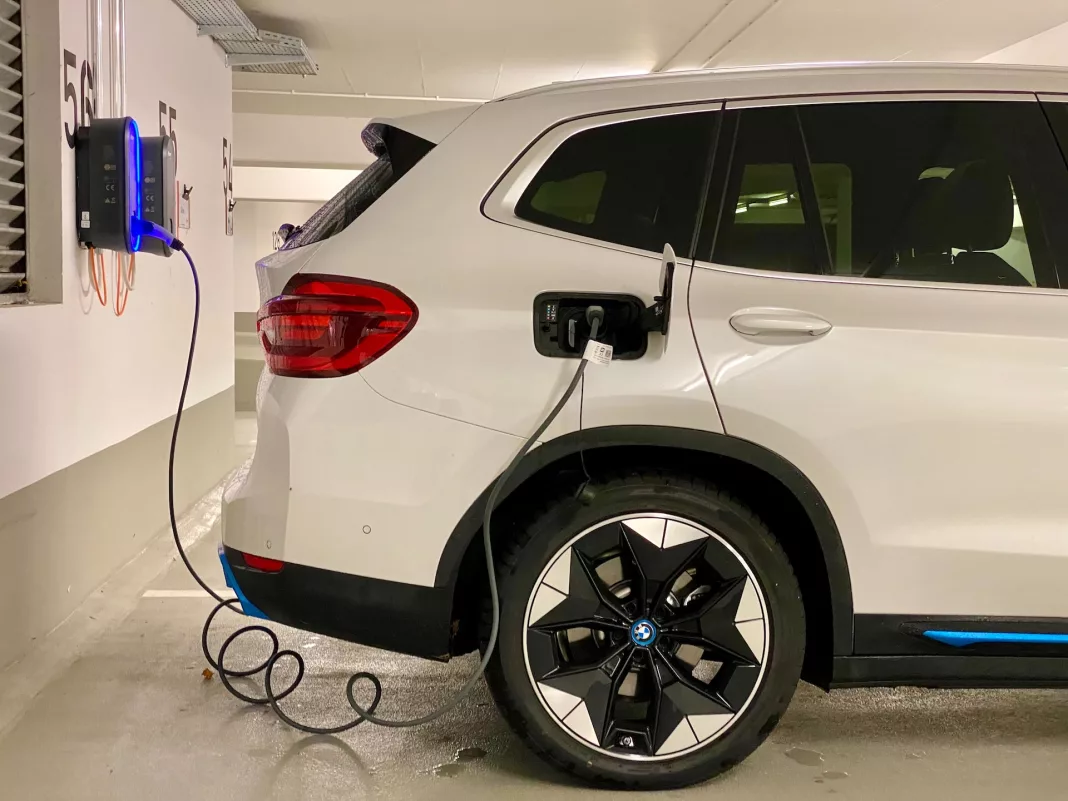Recent years have seen the automotive industry undergo a major transition. The faithful internal combustion engine is being retired after more than a century of faithful service, and the battery electric vehicle is taking its place – with a few hybrid vehicles helping to bridge the gap.
What is the main tech in electric vehicles?
So, why is this change coming about now? The answer lies in the capacity of the lithium-ion battery. The same technology that has made wireless power tools a reality in the modern home has made the entirely electric vehicle competitive with the gas-guzzling kind. New electric vehicles can travel for hundreds of miles on a single charge, which means that range anxiety (historically a significant barrier to would-be adopters) is no longer a problem. They’re also lighter and more energy-efficient, which helps to drive down the cost of motoring.
Infrastructure required
Of course, if everyone in the UK were to buy an electric car tomorrow, the roads would quickly grind to a halt. There simply isn’t enough charging capacity in place to meet the demand. And unless the government intervenes to alter the economic incentives at play, it’s unlikely that the target of net zero before 2050 will be met.
Charging stations will need to be made available, and the public will need to be confident that those charging stations are going to be operational when they come to fill up. Moreover, customers will need to be confident that the charging points will be able to accept their payment – which might mean regulating that all charging points accept debit cards.
Maintenance and servicing
Naturally, a battery electric vehicle is a complex piece of machinery (albeit a slightly less complicated one than a traditional internal combustion engine one). As such, it will need periodic maintenance from qualified mechanics. This means extra training and specialised equipment for much of the workforce.
Of course, many of the skills that mechanics already possess will be transferrable to the new technology. The same goes for equipment. Trolley jacks can be used to lift an electric car, just as they can be used to lift any other car.
Mechanics who are forward-thinking might begin the process of retraining now. In doing so, you’ll put yourself at a natural advantage relative to rivals who might not be quite so forward-thinking.
Sustainable tech
Naturally, the shift to electric vehicles is only going to be carbon-efficient if we can generate electricity in a way that’s sustainable and non-polluting. This means putting in place the solar, wind and nuclear power stations required to meet the new demand. The UK, being surrounded by water, is in a naturally advantageous position where renewables are concerned.



















